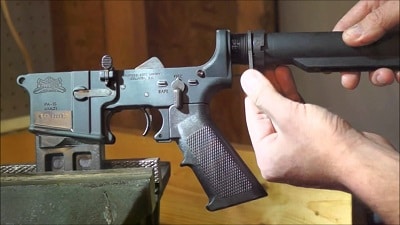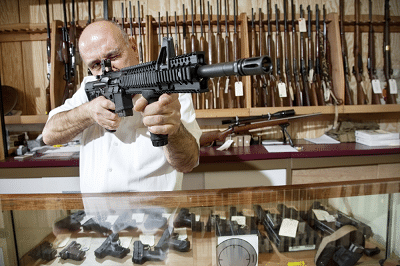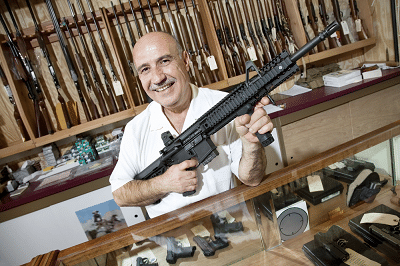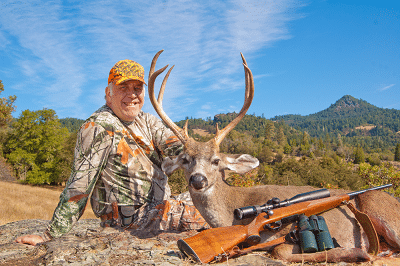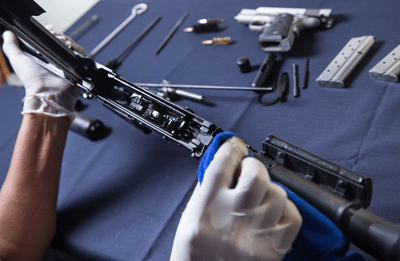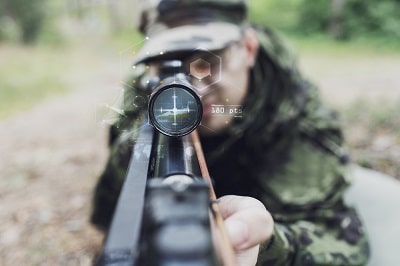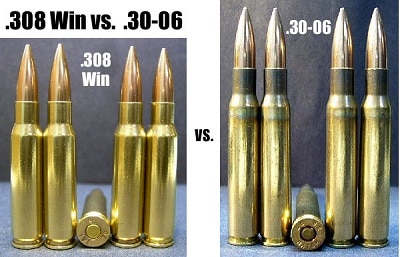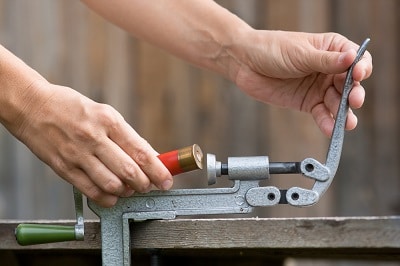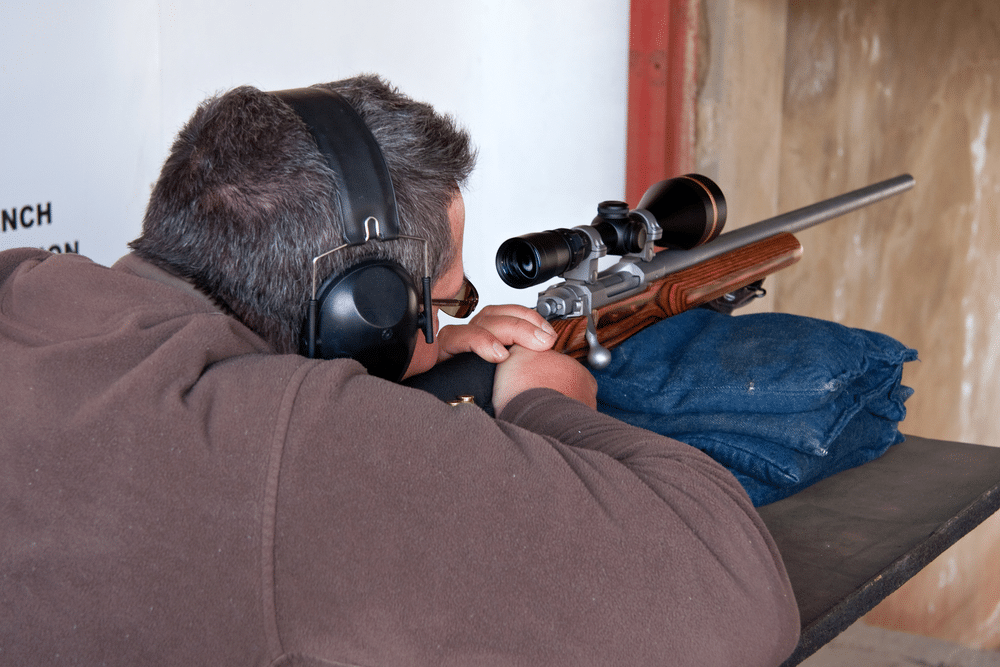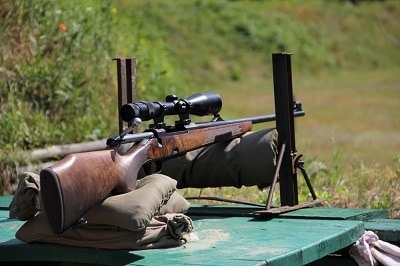So, you’re working on building or upgrading your AR-15. Everything is going great, until you are faced with one issue. Which coating is best for your bolt carrier group?
There are actually quite a few more options than most people realize. However, it can be pretty confusing trying to pick one of them. In this article, we will talk about some of the available coatings and the differences between them.
We will also make recommendations about when to use which coating.
Let’s take a look!
Phosphate Coating
We will start with the most common coating. Phosphate coating, also known as manganese phosphate coating, phosphating, and Parkerizing, is a pretty simple process. The bolt carrier group is placed in phosphoric acid and heated up to around 200 degrees Fahrenheit.
This coating is extremely common because it is inexpensive and durable. It is used in military rifles, which increases its popularity, but also guarantees its durability. Phosphate coated bolt carrier groups will be very resistant to heat, wear, and corrosion. They will usually be black in color.
However, it does have a few shortfalls. Phosphate coated bolt carrier groups have more friction, so they will require more lube to work well. They are also more difficult to clean.
Nickel Coatings
The next coating we will talk about is the various nickel coatings. These have a variety of names, some of which are nickel boron, nickel boron nitride, and NP3.
This process is slightly more difficult. It is accomplished through electroless nickel plating. Basically, there’s a chemical technique that deposits a layer of a nickel material on the metal of the bolt carrier group.
The result of this process is a bolt carrier group that has almost no friction. As a result, it doesn’t require much lube and is very easy to clean. They are also very sleek looking, as they are usually a shiny silver. However, the nickel coatings are not nearly as durable, and are more expensive than the phosphate coated ones.
Nitride Coatings
Nitride coatings, such as black nitride and Melonite, are very tough bolt carrier groups. This finish is accomplished through a process called ferritic nitrocarburizing. This process requires a pretty high level of chemical knowledge, but we will attempt to give you the down and dirty.
Basically, nitrogen and carbon are diffused into ferrous materials at an extremely high temperature. It requires a salt bath, but the metals undergo a reaction that creates multiple layers on the surface.
What you need to know is that nitride coated bolt carrier groups are extremely hard and durable. They are similar to phosphate coatings in terms of durability, but are slightly easier to clean.
Titanium Nitride
I know what you’re thinking. Isn’t titanium nitride a nitride coating? The answer is no. Just to make all of this even more confusing, titanium nitride is completely different than the other nitride coatings.
Titanium nitride coatings are created through a process called vapor deposition. Once again, this requires some chemical knowledge.
Titanium is changed from a solid to a gas and reacted with nitrogen in a vacuum, which creates very thin film.
A bolt carrier group that is coated with titanium nitride is gold in color, which is awesome.
However, they are also very resistant to corrosion, and are extremely smooth.
Similar to nickel coatings, titanium nitride is very easy to clean, and doesn’t require much lube.
Also similar to nickel coatings, titanium nitride bolt carrier groups are pretty expensive.
Titanium nitride is a better choice than nickel boron though, because it is much more durable.
Recommendations
For most applications, phosphate coated bolt carrier groups are a good choice. They are durable and dependable.
If you are looking for the best overall bolt carrier group, look for a titanium nitride one. However, if you ever might have to be concealed, such as in a tactical or home defense situation, you definitely want to look elsewhere, as the titanium nitride coated bolt carrier groups are a very shiny gold.
If you are building a show weapon, you probably want something that is nicer looking. In those circumstances, a titanium nitride or nickel coating is going to be your best bet.
Similarly, if you are looking for a coating that will not require much lube, titanium nitride and nickel coatings will be your best bet. Nickel will be less expensive, but less durable.
If you just want something tough and durable, check out the nitride coatings. They are very similar to phosphate coatings, but are easier to clean.
No matter which direction you choose, make sure you stick to quality brands. There may be cheaper options out there, but keep in mind that you usually get what you pay for.

